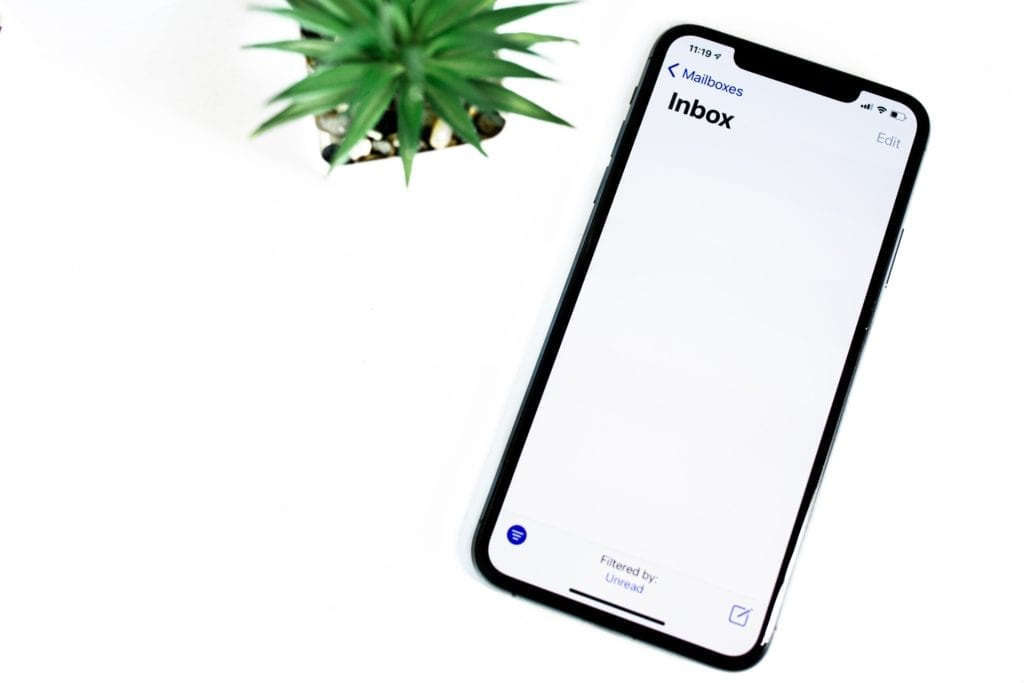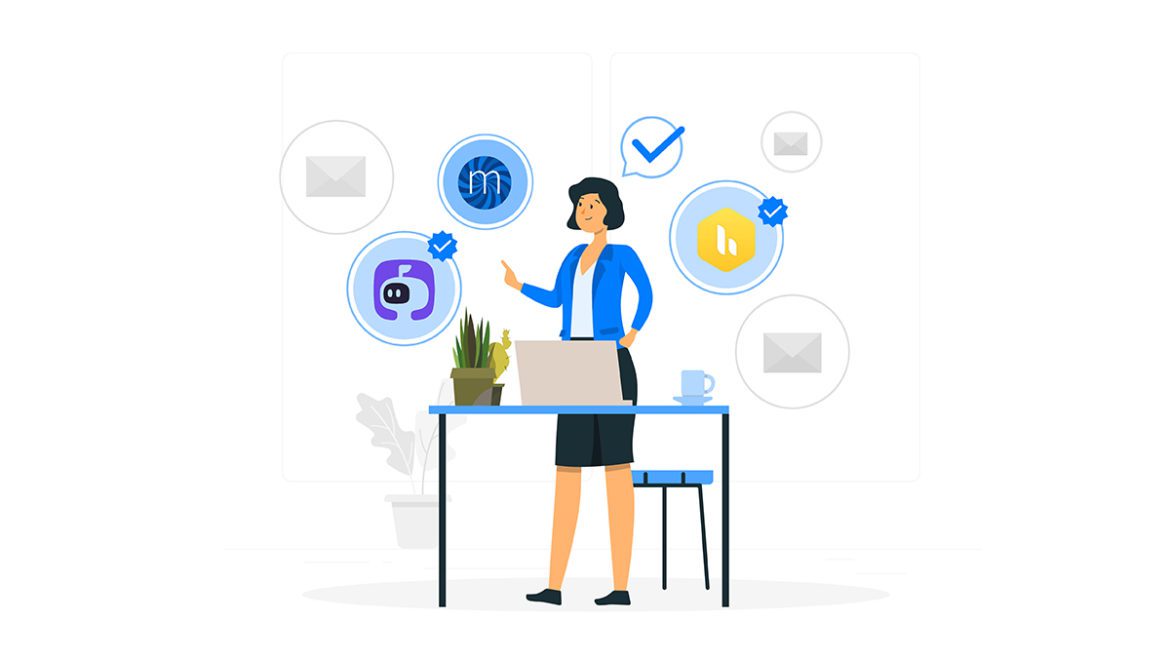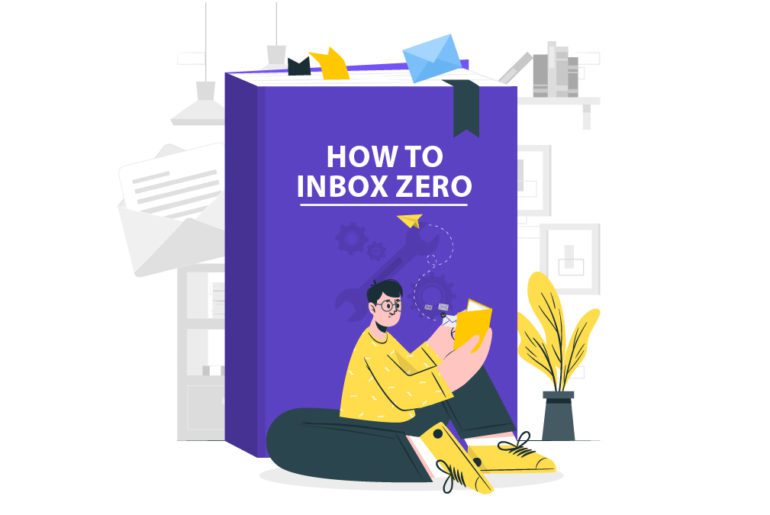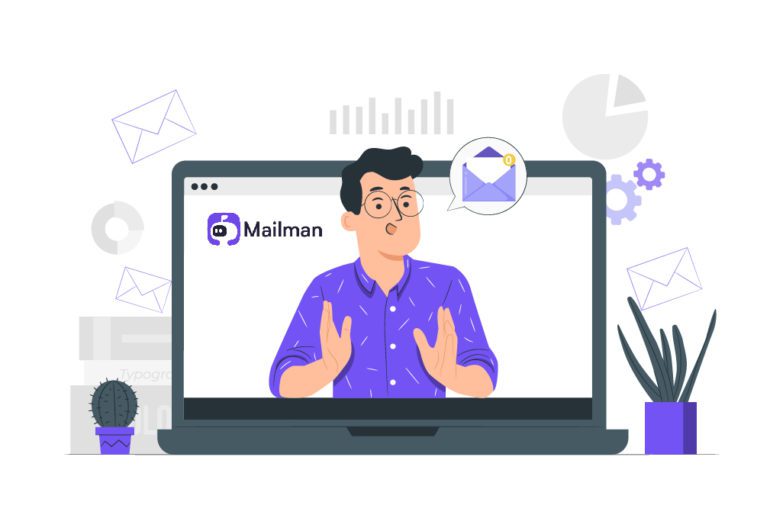Be it an important document, or a simple task- emails are a daily part of one’s work life. But instead of improving productivity, they only seem to hamper it. With constant pings and notifications getting in the way, the task at hand too suffers. For these reasons and more, the concept of achieving Inbox Zero is now introduced.
What is Inbox Zero?

The idea behind Inbox Zero came from Merlin Mann, a writer and productivity expert from San Francisco. According to Mann, inbox zero is not a reference to the number of messages in your inbox. It’s a mindset of your email management solutions in terms of time and energy utilized.
Email management Strategies for inbox to zero
1. Inbox to zero: A place for everything
Mann believes that “once you know where stuff goes it gets a lot easier to know where to put it”. Categorize your emails as a preset and convenient email management solution. Not only does it make your email management experience easier, but it also ensures that you find what you need exactly when you need it. Some ways to manage emails are –
(a) Filter Your Emails: Gmail allows you to manage emails by filtering them according to sender, subject, size, and various other criteria. You can also use this feature to automatically archive emails you’ve deemed as not important, but worth hanging on to.
(b) Prioritize Your Emails: Get your inbox to zero using category tabs so Gmail knows where to send your email in the future. Gmail categories include Primary, Social, Promotions, etc.
(c) Utilize the Gmail Star System: Putting a star on emails helps you rank their importance for better email management — which in turn helps you remember to prioritize for later. But starring them doesn’t make them go away – make sure you archive your starred emails as well.
2. Just do it is mantra for inbox 0
“A lot of people are good about checking email but not very good at doing anything about it,” says Mann. We tend to delay our email management priorities with the hope that you will ‘deal with them later but that will not help you get your inbox to zero. Reduce the strain of tasks building up and just do them.
If an email involves a task that can be achieved in no time at all, just do it, archive the mail, and move on. This reduces the time and energy you will put into your emails later while also allowing you that small burst of achievement while you head your inbox to zero. Email management can be sorted out in between these 3 real quick reactions-
(a) If a message requires no action on your behalf, archive it immediately.
(b) If a message requires a simple reply that you do in a minute or less, do it right away—and then archive it immediately.
(c) If a message requires some level of thought or response that you can’t get to right away, snooze it to a time and date when you will be able to handle it. Thus the email could reappear exactly when you know you will have the time and energy to respond appropriately.
3. Don’t Wait, Delegate: Inbox to zero command
If it is determined that the mail you’ve received is best suited in the hands of another, pass that email along and move on to ensure better email management as tasks get divided appropriately. Don’t be afraid to delegate, but make sure to check in at a later time.
4. Don’t think twice
A pile of emails can take the form of impending doom if not taken care of well in time. And it can get very obvious as even the visual of emails and tasks that you have to get done after having dealt with your more immediate tasks, can be very daunting. This is where good email management softwares come into the picture.
Most emails that end up in your mail might be the ones that you cannot respond to right away. But one good rule of thumb is to set a day’s time to respond to any email to make sure you don’t carry over more than is necessary. This ensures that no email sits in your inbox for longer than a day, leaving behind your inbox to zero.
5. Learn to Let Go
Once you’ve got what you need out of an email, delete it. You can always archive it instead, but there’s a good chance your organization has an email management system for archival in place. We all do know the extreme satisfaction of deleting a mail once we are done with the task, don’t we?
6. Change your point of view
Emails do have to be concise- no time to waste writing, no time to waste reading. There are fully-fledged email management softwares to help you type out short, to-the-point emails too. Perhaps what we need to change is the way we perceive emails. For better email management, treat your emails like any other messaging service, a tad more professional.
Ask yourself how you would compose any given email if it were a text. Make it a touch more formal, perhaps, and add in pleasantries as appropriate, as there’s your message.
Aside from saving yourself time and letting you glide through mailing and replying, this approach also lets you achieve more with this email management solution. It lets your email be concise, less jargon-filled while letting your reader understand clearly what your email intends to achieve.
Though that doesn’t mean you cut down on sentences that really are imperative to your email’s body, this trick does help more often than not to manage emails to get your inbox to zero.
7. Don’t repeat yourself: Inbox zero rule
We all have our own sets of stock emails—the standard messages we write over and over for our work or personal affairs. Maybe it’s making an introduction, declining an invitation, or sending an expected document. Whatever the case may be, you almost certainly waste your time (and test your sanity) by hammering it out repeatedly, day in and day out which can be solved by an email management solution.
So here’s the fix: Stop repeating yourself. Almost every email software service has some sort of system for creating and using templates. Take 10 minutes to create templates for all of your recurring messages, and then take care of all future instances with a two-second click.
8. Get on Schedule: Discipline for inbox to zero
One primary reason for which daily emails and messages get in the way of our productivity is a sound alert that accompanies them. Perhaps it was meant to alert you of any important notification but all it does is hamper productivity. Good software to manage emails would reduce these notifications. One very obvious way would be to just shut the alert tone off, for good measure, but who’s that really helping?
Studies show that switching tasks causes us to work less effectively and efficiently, with some research suggesting we lose as much as 40% of our productivity by hopping between multiple things. Opening up an email is no exception.
The only way out of this loop is to set yourselves an email management schedule with the best app for email management. Pick a handful of designated times throughout the day to deal with email—maybe mid-morning, after lunch, and late afternoon—and then stop peeking at your inbox outside of those windows. Some email management softwares can remind you of your schedule too.
And turn off email notifications on both your computer and your phone. If you’re worried about missing any urgent incoming messages—messages that actually demand immediate attention and can’t wait a couple of hours for a response—take a few minutes to create custom notifications using your free email management softwares that’ll alert you only about those highest-priority messages.
9. Email management tools like Mailman to the rescue
The simplest option is Inbox—because it takes many of the concepts we’ve just discussed and turns them into a native part of your email.
If Inbox doesn’t work for you but you are in Google’s email universe, some choice Gmail add-ons allow better email management and can go a long way in enhancing your email experience. From reimagining your inbox’s interface to adding on valuable productivity features, there’s a whole world of possibilities just waiting to be tapped—and there’s no better time to explore it than now to lead your inbox to zero.
Several other best app for email management like Mailman can help you reduce your inbox to zero while boosting your productivity by leaps.
Get your inbox to zero now!
Emails are meant to aid us with our work and productivity but like all good things, emails too have a downfall to them. Using the above-mentioned email management strategies, one can use email management softwares to their fullest while getting their inbox to zero.
FAQs
1. Categorize your emails as a preset
2. If an email involves a task that can be achieved in no time at all, just do it, archive the mail and move on.
3. Set a day’s time to respond to any email to make sure you don’t carry over more than is necessary.
4. Don’t be afraid to delegate.
5. Once you’ve got what you need out of an email, delete it.
6. Ask yourself how you would compose any given email if it were a text and make it a touch more formal.
7. Take 10 minutes to create templates for all of your recurring messages.
8. Pick a handful of designated times throughout the day to deal with email.
(a) Filter Your Emails: Gmail allows you to manage emails by filtering them according to sender, subject, size, etc.
(b) Prioritize Your Emails: Prioritize with Gmail categories including Primary, Social, Promotions, etc.
(c) Utilize the Gmail Star System: Putting a star on emails helps you rank their importance for better email management.
1. Click the Settings icon in the Gmail Inbox.
2. Go to the Labels tab.
3. At the bottom, click Create New Label.
4. Name the label.
5. Click Save.
1. Delete all unimportant emails- mainly newsletters and spam.
2. File your emails in different folders to handle them better.
3. Respond to emails that you can reply to under a minute immediately.
4. Set regular schedule to process your emails.




